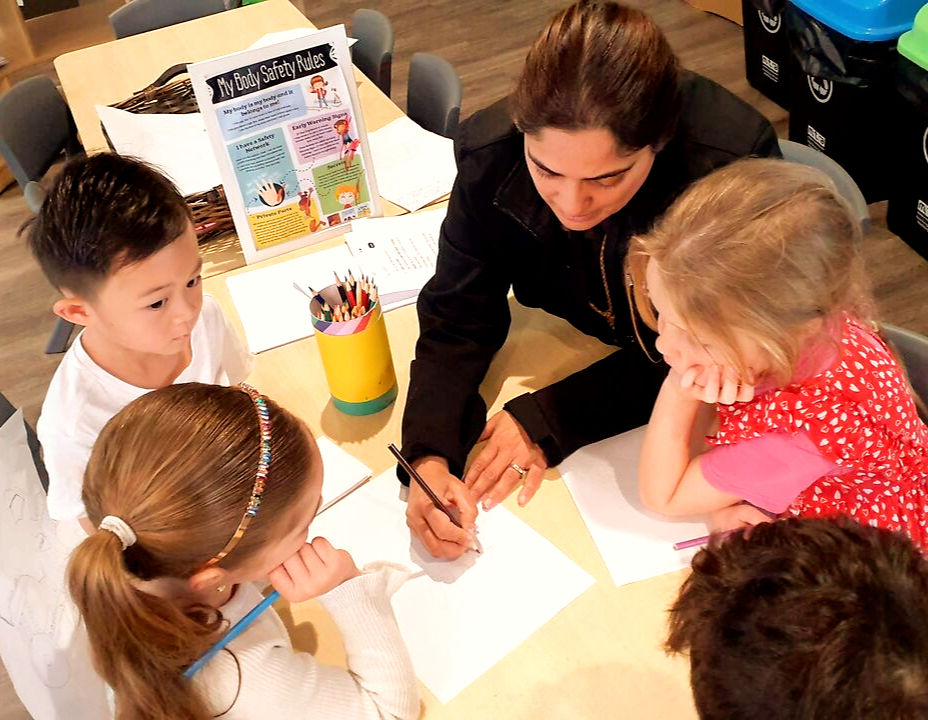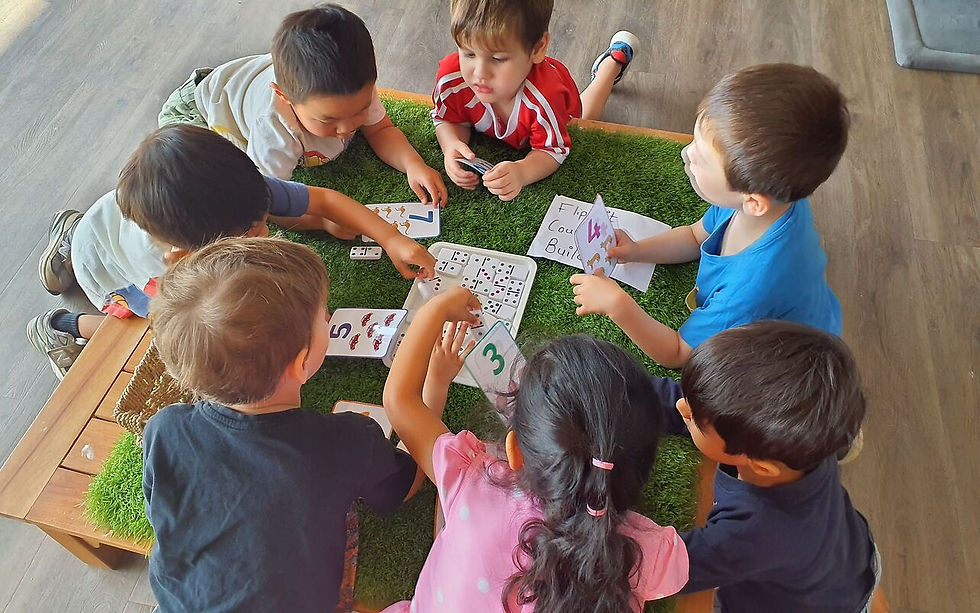Reflecting on Child Protection Week: Why It Mattered and How We Carried It Forward
- Discover My World

- Sep 25
- 3 min read
Earlier this month, we observed National Child Protection Week (NCPW), a campaign that reminded us that protecting children was truly everyone’s business. Coordinated by NAPCAN (National Association for Prevention of Child Abuse and Neglect), the week encouraged families, educators, and communities across Australia to reflect on how they could create safe, supportive environments for children to grow.
The 2025 theme, “Every conversation matters: Shifting Conversation to Action,” urged us all to take steps beyond raising awareness, to transform talk into meaningful, protective action (NAPCAN).

Why Child Protection Week Was So Important
Child Protection Week was never just about a date in the calendar. It was a time to shine a light on an issue that affects too many children each year. By highlighting the realities of abuse and neglect, we brought communities together to focus on prevention, early intervention, and building stronger, safer environments for every child.
For families, it was an opportunity to begin conversations at home, about feelings, about safe and unsafe behaviours, and about the importance of trusted adults. For educators, it reaffirmed the commitment that lay at the very heart of our profession: keeping children safe, secure, and respected.
The Role of Early Childhood Educators
Child protection was not an “add-on” to our work as early childhood educators, it was central to who we were and what we did every day.
Trained to Protect: All educators completed child protection units as part of their formal studies (Certificate III, Diploma, or Degree), and many participated in ongoing professional learning. We were trained to notice subtle changes in behaviour, appearance, or mood that might indicate a child was at risk.
Mandatory Reporters: Under national law, educators were mandatory reporters. This meant that if we suspected a child was experiencing harm, we were legally required to act. Our role demanded vigilance, courage, and professionalism.
Creating Safe Environments: Beyond reporting, educators embedded safety in daily practice, building relationships where children felt safe to share, teaching protective behaviours through stories and play, and modelling respectful, trusting relationships.
Advocating for Children’s Rights: Guided by the Early Years Learning Framework (EYLF), we upheld the principle that children had the right to feel safe and secure. Advocacy meant ensuring their voices were heard and respected in every decision that affected them.
In many ways, educators acted as the bridge between home and wider community. We were trusted partners for families, and our everyday presence gave us the chance to notice, respond, and advocate when children needed it most.

Continuing the Learning Beyond Child Protection Week
Although the official week had ended, the responsibility continued every day.
Families could continue what began during the week, talking openly, reading books that explored feelings and safety, and reinforcing the idea that children always had trusted adults to turn to.
Educators carried forward what they already practised: reflecting on policies, keeping training up to date, and embedding protective education into programs. Resources such as Early Childhood Australia’s safeguarding guides and the Daniel Morcombe Foundation’s lessons supported this work.
Communities kept the message alive through local clubs, schools, workplaces, and social networks, because child protection could not be left to one week or one profession alone.
Looking Back, Looking Ahead
Child Protection Week reminded us that safety was not negotiable, it was a right. For early childhood educators, the week was a reaffirmation of our role as protectors, advocates, and champions for every child.
At Discover My World, this commitment continues long after the campaign ends. Our educators remain dedicated to creating environments where children feel safe, valued, and empowered to use their voices. We see child protection not as a one-off focus, but as a daily responsibility woven into our teaching, our relationships, and our service philosophy.
By working together, families, educators, and our wider community, we can ensure that the lessons of Child Protection Week stay alive every single day, giving children the safe and nurturing start in life they deserve.

Resources for Families and Educators
Early Childhood Australia – Children’s Safety and Safeguarding
Daniel Morcombe Foundation – Personal Safety Lessons





Comments